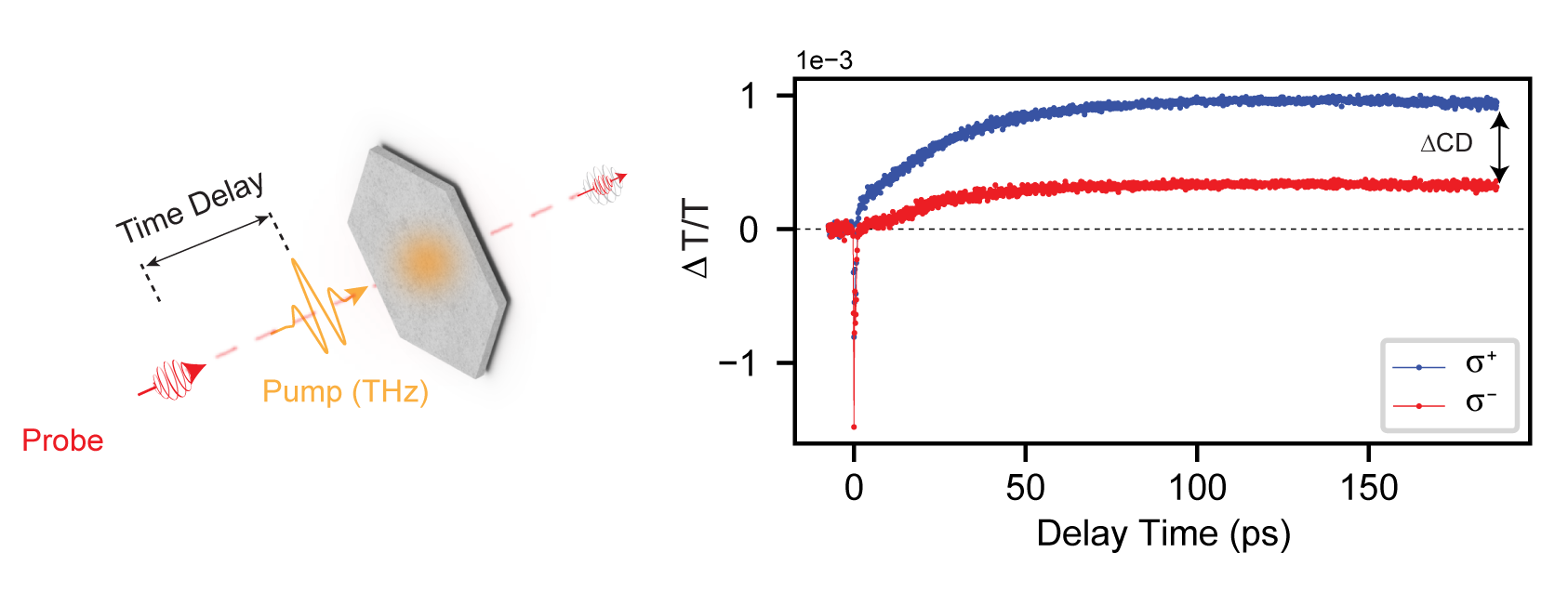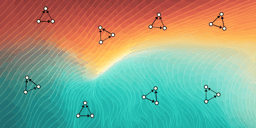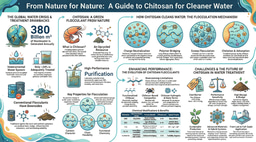Terahertz field-induced metastable magnetization near criticality

Since the advent of the laser in the 1960s, it has been an indispensable tool across a wide range of science disciplines. Lasers have played a pivotal role in advancing our understanding of physical, chemical and biological processes, via means of microscopy and spectroscopy techniques. Capturing the fastest processes in molecules and solids, such as vibrations of their atoms and the behavior of electrons, are also made possible by the ultrashort laser pulses, which can be as short as a few attoseconds. In addition to using the lasers to probe the material properties, a new research field is emerging, exploring the possibility of controlling and creating new phases of matter under non-equilibrium conditions. A prominent example of this phenomenon is the observation of light-induced superconductivity, first reported in 2011. Other discovered laser induced phases include charge density waves, ferroelectricity, and magnetism. The ability to transform matter from one phase to another in a fraction of a billionth of a second—far faster than conventional electronic control—holds significant promise for ultrafast data processing, computation, and communication.
The challenge, however, is that the newly induced states often relax back to their original states very quickly. A crucial step toward bridging the gap between technological applications and ultrafast sciences would be the ability to stabilize these light-induced states. There are two main approaches to achieve this. First, the material could be placed inside a cavity, such as one formed by a pair of highly reflective mirrors. This setup allows for continuous interaction between light and matter while the light is trapped within the cavity. In certain cavity designs, it has been suggested that even without an external photon supply, vacuum fluctuations could be harnessed to maintain the light-induced states. The properties of the light field can be controlled, to some extent, by altering the geometry of the cavity. Alternatively, researchers can search for intrinsic mechanisms that may slow down the relaxation processes of the new state.
One such possibility is the phenomenon known as critical slowing down. In the vicinity of second order phase transitions, the system exhibits unusual behavior due to significantly enhanced fluctuations across all length scales. This leads to several phenomena, including diverging heat capacity and drastically slowed-down dynamics, a phenomenon known as critical slowing down. The idea here is that if a new state can be induced by light in a manner that couples to the underlying order parameter, it may be possible to inherit the ultraslow dynamics near the phase transition and stabilize the new state.

In our work, we investigated a material system near a critical phase transition point. Using ultrafast terahertz pulses, we demonstrated that a layered antiferromagnet, FePS3, becomes magnetized upon excitation. A key consideration near such a critical point is that the amplitude of the underlying order parameter is small. This implies that the light field used to induce a new state must minimally perturb the ground state. In this respect, THz pulses, due to their low photon energies, deposit minimal thermal energy into the system, and allow for the targeted excitation of atomic lattice oscillations. We gently perturb the underlying antiferromagnetic order near the critical point, and excite low energy phonons, straining the lattice along specific directions. The magnetic ions in the material form a hexagonal lattice, with spins aligned ferromagnetically along the zig-zag chain and antiferromagnetically between adjacent chains. Straining the lattice in this manner affects the magnetic exchange interactions and leads to the emergence of a new magnetic state with a net magnetization. Specifically, the phonon displacement modifies the distances between different spin types—shortening the distance between spin-up ions while elongating the distance between spin-down ions.
As a result of such lattice distortion, it is evident that the new order, magnetization, is intrinsically linked to the underlying antiferromagnetic (AFM) order. Since the dynamics of the dominant order parameter is known to exhibit critical slowing down, we anticipate that the induced magnetic phase will also take a long time to relax. This is precisely what we observed: the lifetime and magnitude of the magnetization diverged as the temperature approached the critical point, a behavior captured by our magneto-optical probes, which revealed a relaxation time of more than 2 milliseconds.
Looking ahead, we believe our work opens new avenues for using tailored terahertz pulses to surgically manipulate quantum materials. Additionally, our findings highlight regions near phase transition points, characterized by enhanced critical fluctuations, as promising areas to search for hidden phases of matter. It would be particularly intriguing to investigate regions near quantum critical points, which have been proposed as potential origins of high-temperature superconductivity and other correlated phases. From a practical perspective, the metastable nature of the new state facilitates conventional transport measurements, such as Hall effect studies, thereby bringing these systems closer to applications in spintronics.
Poster Image Credit “Sampson Wilcox, Research Laboratory of Electronics at MIT”.
Follow the Topic
-
Nature

A weekly international journal publishing the finest peer-reviewed research in all fields of science and technology on the basis of its originality, importance, interdisciplinary interest, timeliness, accessibility, elegance and surprising conclusions.



Please sign in or register for FREE
If you are a registered user on Research Communities by Springer Nature, please sign in